News
Polkadot reveals Agile Coretime as part of Polkadot 2.0 plans
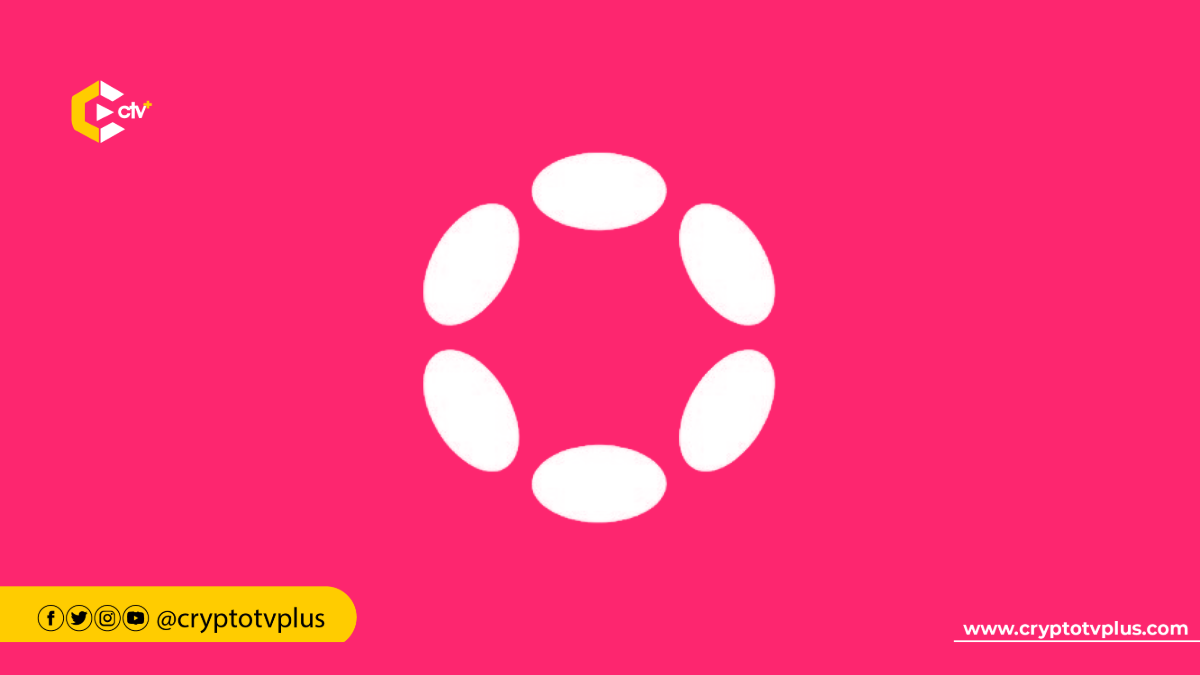
Polkadot has introduced Agile Coretime, an important step toward the Polkadot 2.0 upgrade. This new feature brings increased flexibility and scalability to projects, making it easier for developers and teams to access the needed resources. It also lowers the barriers for builders by offering more predictable costs.
Agile Coretime is designed to be accessible for projects of all sizes. Whether as an individual developer or part of a large team, developers can now get the needed resources cost-effectively.
Larger projects that require continuous resources can purchase Bulk Coretime, which gives them steady access to computing power for up to 28 days.
Polkadot added that projects with unpredictable needs can take advantage of On-Demand Coretime, allowing them to pay only for the resources they use as they go.
One of the key advancements Agile Coretime enables is Elastic Scaling. This feature allows Polkadot chains to use multiple cores within a single block, improving efficiency and reducing slowdowns during busy periods.
Polkadot is a blockchain platform designed to connect different blockchains to work together. It allows these separate blockchains, called parachains, to share information and complete transactions without needing a middleman.
This means that various blockchains can communicate and exchange data easily, which helps improve their overall functionality.
At the center of Polkadot is the Relay Chain, which acts as the main hub for security and coordination. Parachains are individual blockchains that can have their own rules and features but rely on the Relay Chain for security. This setup allows them to operate independently while still being part of a larger network.
By Q2 2024, Polkadot achieved several milestones like integrating several parachains with AI to create new user use cases. This includes OriginTrail’s system for verifying information, Phala Network’s secure AI contracts, and Bittensor’s AI platform.
Additionally, bridges such as BEEFY protocol have also made it easier to connect Polkadot with Kusama and Ethereum (using Snowbridge) without needing trust. Polkadot also made strides in bringing real-world assets into the blockchain.
These projects include Centrifuge, Energy Web (for green energy assets), and AgroToken (for farming products).





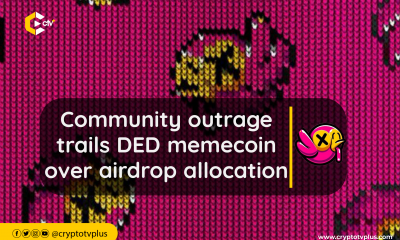



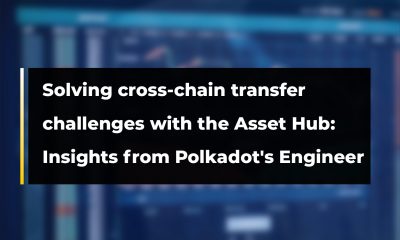

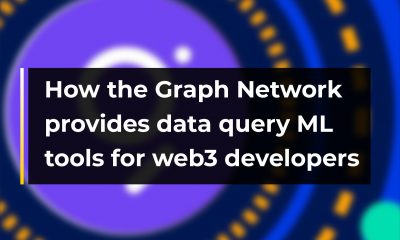

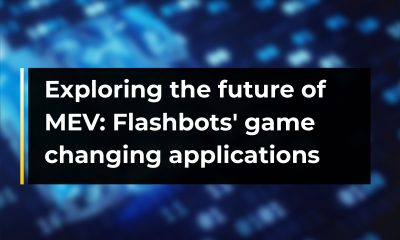











3 Comments